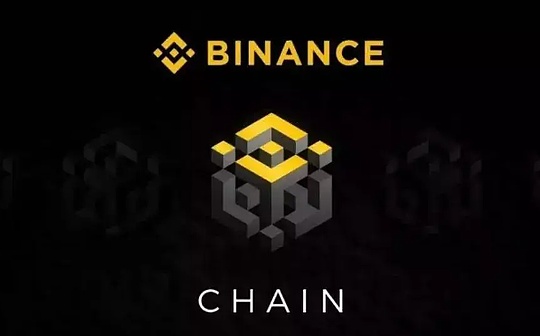Author: Exploring the Trend of Blockchain
The public chain sector has been a battleground since the birth of blockchain. As the foundation of blockchain development, a successful public chain will not only gather most of the funds and popularity in the market, but also influence the development trend of the market by relying on its own ecological construction.
After the birth of the Ethereum chain, smart contracts began to dominate the world, and everyone could issue coins. After the Binance chain became popular, the Pink Platform could sell up to 9,000 projects a day, and the success of chains such as SOL later opened up the Layer2 technology competition, and low fees and high speed became the new public chain standard.
Behind the success of these projects are huge profits, which have spawned countless millionaires, which is also the motivation for many people to invest in blockchain. With a small investment, you can get wealth that you can't earn in several lifetimes.
However, since the collapse of FTX, which caused SOL to plummet, the performance of public chain projects has been unsatisfactory. Although the projects have developed in an orderly manner, new public chain projects such as APT, ARB, CORE, etc. seem to no longer be favored by ordinary investors, and their prices continue to fall, and they cannot find a breakthrough in the market.
Therefore, before we prepare to invest in public chain projects, we need to understand why so many high-quality public chain projects at this stage cannot get out of the current downward trend.
The first and most fundamental reason is that in the current bear market environment, the scale of market funds has shrunk and is not enough to support so many high-market-value projects.
For example, the offering price of ARB is around $1, and the total amount is 10 billion. At the beginning of the offering, the market value is 10 billion US dollars. How much room for growth will this have? (BNB’s current market value is about 30 billion US dollars)
The peak is at the opening. I believe those who hung on the top of the mountain when Blur opened must have deeply experienced it.
The second point is also a common problem of large public chain projects now. Institutions and investors hold too many positions in the early stage.
Institutional investment is a double-edged sword. You need institutional funds to keep the project running, but after you accept institutional investment, it means that you need to hand over most of the future of your project to the hands of the institution. This year’s SOL was dragged down by FTX. In order to fill its asset gap, FTX sold a large number of assets.
And the biggest impact on retail investors is that with institutional investment, ordinary people can no longer obtain low-priced chips. After retail investors lost the opportunity to make a small bet for a big gain, they are even less interested in such public chain projects.
It is under these multiple factors that the consensus makers in the secondary market have gradually lost, some have left the currency market, and some have gone to the primary market to look for opportunities.
Can retail investors no longer find the opportunity to get rich by investing in ETH and BNB a few years ago?
There are not many public chain projects in the primary market. We often see news about zero-cost mining on a certain public chain, because since projects like CORE have enriched a group of people who have taken advantage of airdrops, there are more and more projects in China that refer to this model. But it is obvious that such projects are not in the category of small investment and high returns, and can only be regarded as the category of wool-pulling, which is not suitable for long-term investment.
Secondly, the outbreak cycle of public chain projects is longer than that of general projects. Even if it is a public chain like TX, it was fully acquired by an institution midway due to funding problems. Although it brought a short-term rise, it is still a long way from getting rich.
Because to reach the height of SOL or even BNB and ETH, it is not something that can be solved by the investment of one or two institutions.
Why did ETH, BNB, and SOL stand out? It is because they injected strong development genes into the blockchain market in terms of technology and ecology, and opened up a broader development space.
We should use idle funds to study the market, identify, invest regularly, and hold steady. Don’t pursue the opportunity to get rich in a few days, but wait for wealth freedom in the near future.
 JinseFinance
JinseFinance

